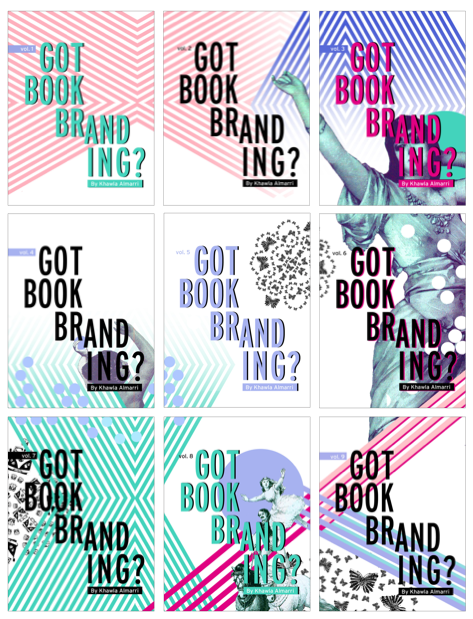
There are not a lot of questions asked when it comes to new books in this region. Yes, some still get excited when a certain novel is out, but do we really look at the basics of the product? For instance, do we ask ourselves about the design of the book; how it was made; what the concept was behind it; and how is it connected to the content of the book?
We’ve all heard the old adage ‘don’t judge a book by its cover,’ but then again we are living in the era of ‘brand-ism,’ which carries with it the whole component of the product, inside and out. Typical is no longer part of the branding world; new and significant creations are what people are looking for.
Just as individuals scrutinize the design and concept behind a book, online audiences are equally discerning when it comes to personal branding. It's not merely about presenting oneself superficially but about curating a cohesive narrative that extends from one's outward presentation to the core of their content and expertise.
In this digital era, where every aspect of an individual's online presence contributes to their personal brand, considerations go beyond appearances. Embracing a strategic WordPress content strategy enables individuals to not only showcase their knowledge and insights but also to engage with their audience authentically. In this era where authenticity and relevance are paramount, individuals must leverage their digital platforms to cultivate a compelling personal brand that resonates with their audience on a deeper level.
The value of reading was different in the old days in Arabia; once upon a time, writers were considered royalty. People understood the value of each word and cherished that knowledge, but throughout the years, it’s as if reading and writing have begun to just fade away. Life has become busier, people lazier, and technology rules the world.
So how is book branding and design linked to writing and reading? The million-dollar question here is ‘do we have enough writers in the GCC today?’ Sadly, the answer is no. It seems as though there’s hardly anyone willing to actually sit and inject his or her energy and thoughts into a book. Most of the books we read are imported to us, which gives regional art designers no chance to design a cover. We have few book design enthusiasts because of the lack of its existence.
In other regions, book branding is considered a huge deal; it basically gets all sectors involved in the design of the book. The writer, designer, and even publisher pay attention to the simplest mistakes that could ruin a design’s message and work hard on empowering what could attract people to the book. For instance, Wuthering Heights, a famous novel written by Emily Bronte in 1846, had 8 different book covers throughout the years. Re-branding the cover made the classic novel interesting and more appealing to our modern age.
Artists themselves value books, which is something that we must revive again in this region. We are not new to writing, but we do not have a book design history in the Arab world, and that is evidently reflected on Arabic novel covers. The content is strong yet the branding is weak.
Content and cover are important, and emphasizing on such issues is important too in the GCC. We admit that we are new to this field, yet we need to directly shine a spotlight on this issue in order to increase awareness and keep us constantly in thought and creative.
Book design and concept were taken into consideration in the United Arab Emirates when KITAB, an initiative that aims to develop the book and publishing industry in this region, organized a Publishers Training Program. This started in 2009 and has been taking place annually every since. Mario Pulice, the Creative Director of Little, Brown & Company, was one of the speakers in this program. He said, “When talking about designing the cover of the book, I’m talking about the front, the back and the spine.” Mario also displayed and discussed various book designs from different countries, which enabled attendees to understand how book design is reflected by the scheme and art of each culture. This program encouraged artists and designers to go back to their roots and connect it with the modern designs we see today.
There are a few live examples that took place this year; talented individuals who added a spark to our book design industry. Dubai Abulhoul, a 15-year-old girl from the United Arab Emirates, wrote her first novel named Galagolia. This is an incredible breakthrough in the evolution of writing for the UAE, especially for the younger generation. In addition to that, the author collaborated with Emirati artist Maitha Bin Demaithan to create the cover for her book. The writer gave the artist chapters of her novel to visualize the characters in the story and live among them.
If more work like the above mentioned example is produced by our people, especially design creatives in the region, it will lead to an increase in our understanding of the effect of branding – more importantly book branding.
– Written by Khawla Al Marri and illustrated by Raya AlAzzouni.







